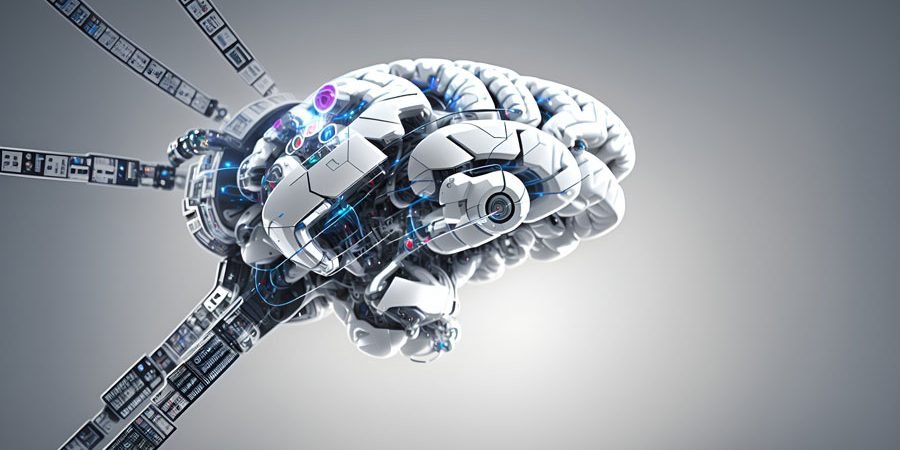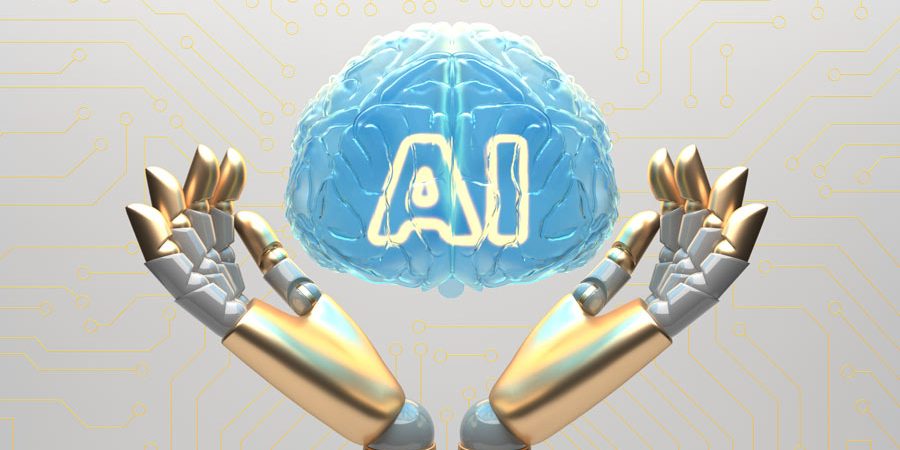How NFTs have evolved in 2023?
NFTs: From Hype Trading Cards to Practical Use Cases Non-fungible tokens (NFTs) have come a long way from being mere hype trading cards. As the concept evolves, they have gone on to capture mass attention, turning into more solid use cases. These tokens are unique digital assets that can take any form and represent distinct ownership. They are fast gaining popularity in various sectors, from real estate to gaming, tourism, and even cultural heritage preservation. NFTs are now being used to represent educational degrees or professional certifications, enabling secure and verifiable proof of credentials. Real Estate Investors Turn to Fractionalized Market with NFTs In the real estate sector, investors are seeking to diversify their investment options, and since housing prices are so high, they have found that opting to buy just a chunk of real estate can be a logical solution. The appetite for fractionalized real estate market has grown, with investors hungry to diversify their investment options. NFT Gaming and the Transition from Web2 to Web3 NFT gaming is also growing popular, with NFT marketplaces having already seen over $700 million in daily volume. Companies like Sony, Polygon, and Yuga Labs are making significant bets on NFT gaming. The convergence of NFTs, gaming, and sports fandoms represent a critical inflection point for the transition from Web2 to Web3. By enabling digital ownership, the sector can realize the potential for game interoperability and monetization, taking utility and composability to the next level. Indonesia’s Ministry of Tourism and Cultural Heritage Preservation with NFTs Indonesia’s ministry of tourism is also using NFTs to maintain records of its heritage, and in the process, boosting virtual tourism. Web3 platform Quantum Temple is working closely with the Southeast Asian country to tokenize both tangible and intangible forms of its cultural heritage. Starbucks Launches NFT Collection, The Australian Open Goes Metaverse In the experiences sector, Starbucks recently launched its first collection of NFTs called “Journey Stamps.” The cafe chain sold 2,000 NFTs for $100 each in just 20 minutes of its release. The Australian Open was the first grand slam to enter the metaverse, minting the AO Art Ball NFTs linked to live data like match points on the blockchain. This project offered people around the world a unique chance to own a select piece of the AO experience, such as a specific moment during the tournament. Ticket Sales and Car Titles: NFTs in Other Sectors NFTs are also being used to tokenize ticket sales, with Ticketmaster opening access to event organizers to issue NFTs tied to tickets. The American ticket sales company allows partners to sell NFTs with tickets on the Flow blockchain. Metal band Avenged Sevenfold was the first to use Ticketmaster’s “token-gated sales” concept, meaning fans would have early access to concert tickets and other special events using NFTs. Finally, California’s Department of Motor Vehicles is piloting a program that uses NFTs to tokenize car titles, making them easier to transfer and exchange. As the mainstream infatuation and hype surrounding NFTs subsides, the professionals remain. It is clear that NFTs are being utilized by professionals across a plethora of fields with several noteworthy use cases. As they continue to gain momentum and popularity, it is clear that they have a wide range of practical applications in various sectors, making them an essential element of Web3.




















